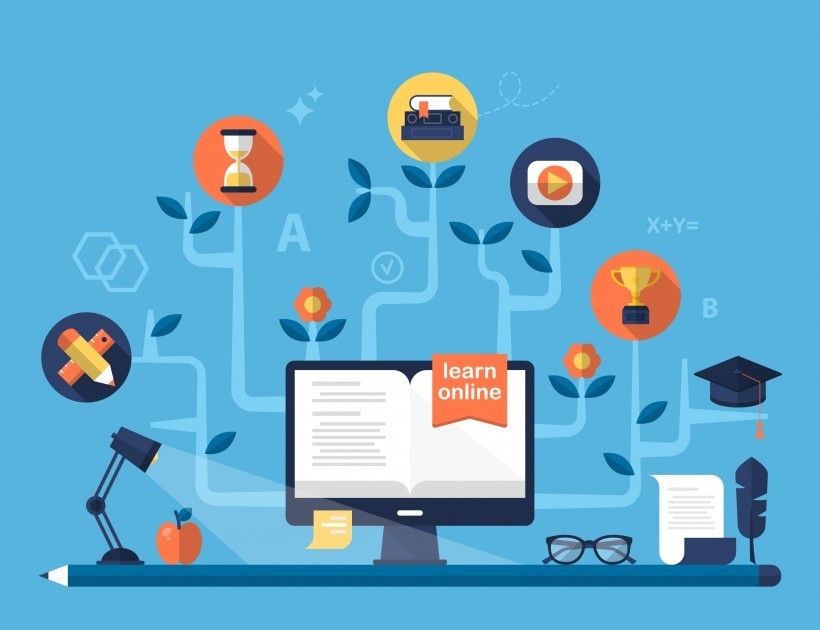February 27, 2019

11 articles
4 topics
4 topics
Posting activity
Latest articles by Ken Whitaker
Become an author like KenKen Whitaker
Wall of Recognition

Rising Star

Expert

MasterMind

Thought Leader

Legend

Editors Choice

Specialist

Authority
September 30, 2018
Creating A Quality Video Production Studio For eLearning At Home
More Instructional Designers are working remotely nowadays. Home offices were never designed for studio recording, yet videos must be professional. I’d like to share what I have learned about setting up a quality recording environment in one of the most challenging home office environments imaginable.
April 27, 2016
Why Software Licensing Must Consider The Needs Of The End User
As the traditional software application market migrates from the desktop to the enterprise and mobile, end user license management becomes a must-have design issue for software development servicing the eLearning community. For more than twenty-five years, I have had the pleasure of working with commercial software development teams. My first real lesson came when I joined Software Publishing Corporation as VP of development where end user awareness was more important than features. And then there was the effort involved with consumer-based software authentication in the form of end user licensing. I was surprised how much time we spent in internal warfare discussing how best to enforce user access with product management, financial, and legal effort. I’ve learned some dos and don’ts about software licensing that I’d like to share. Warning: This is going to sound a little preachy.
January 27, 2016
Fundamentals Of Learning Technologies: Part 2
This article is a primer for those of you new to eLearning and learning technologies. Maybe it is just me, but some of the terminology thrown around in articles, books, and blogs force me to hunt down definitions in Wikipedia. And we all know that Wikipedia can’t be wrong. Part 1 of this two-part article explained what’s involved with planning, development, and delivery of training using modern technology. In preparation of part 2, I asked readers to take in a short online survey. Part 2 summarizes the basic components of eLearning material creation and publication for online use.
October 30, 2015
Fundamentals Of Learning Technologies: Part 1
This article is a primer for those of you new to eLearning and learning technologies. Maybe it is just me, but some of the terminology thrown around in articles, books, and blogs force me to hunt down definitions in Wikipedia. And we all know that Wikipedia can’t be wrong. Part 1 of this two-part article explains what’s involved with planning, development, and delivery of training using modern technology. In preparation of part 2 I’m going to ask you to take in a short online survey.
October 14, 2015
Storyboarding Is A Total Waste Of Time
Using digital tools to create the final courseware or gamification content could be easily changed from feedback received from coworkers or customers. The effort required to create a storyboard was, in my estimation, a total waste of time. Why spend the effort bothering with mock ups? How wrong I was.
September 25, 2015
iPad Pro For mLearning: Is The iPad Pro What eLearning Industry Needs?
On September 9, 2015, Apple announced the long-awaited iPad Pro [1]. To some, the announcement was a huge letdown. More of the same. To others, this laptop-sized tablet could be a stroke of genius. Regardless of your bias towards Apple’s continual product evolution, is using iPad Pro for mLearning a great idea? Does this new tablet make the perfect eLearning device?
September 6, 2015
4 Mistakes Creating an eLearning Course
If an eLearning course doesn’t truly engage the self-motivated student, you’ll have a failure on your hands. Many of us think the transition of live workshop courseware to eLearning is as easy as recording an existing PowerPoint as a movie for viewing on a LMS website. I made plenty of mistakes attempting to create a self-study course directly from a traditional, live classroom course. It is easy to underestimate the courseware preparation and content differences between eLearning and traditional classroom learning.










